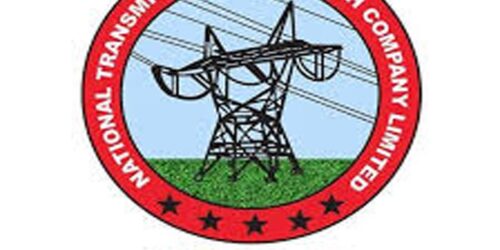The revised draft of Indicative Generation Capacity Expansion Plan (IGCEP) 2021-30 prepared by NTDC (National Transmission Dispatch Company) invited criticism for violating the grid code and criteria under the NEPRA Act which says future projects will be made keeping in view the least cost generation, location and capacity.
However, NTDC made its own 5-6 criteria to adjust 25-30 unjustified projects in the plan. One of NTDC’s board members stunned all power sector stakeholders, including the provinces, when he acknowledged that it had made 5-6 criteria to adjust the projects in the revised IGCEP draft because of the intervention from the Energy Ministry.
This all unfolded here on Tuesday during the day-long hearing on Indicative Generation Capacity Expansion Plan (IGCEP) 2021-30. NTDC instead of being praised on the draft drew criticism not only from NEPRA members but also from Sindh, KPK and AJK governments and other stakeholders.
NTDC is found have made various criteria for committed and indicative power projects which irritated NEPRA members a lot.
NTDC made coterie under which the projects have LOS from PPIB and they are G2G and have PC-1 approved will qualify for committed projects. When the provincial governments came to know it, they blasted NTDC saying they have many projects fulfilling the criteria but they have not been included in the committed project lists.
During the hearing it also came to surface that many projects having financiering arrangements, generational licences and even tariffs from Nepra have not been made part of the IGCEP- 2021-30. So much so, many projects which were earlier part of the plan have been excluded from the committed plants list.
The provincial governments Sindh and KPK criticised NTDC for not taking them on board for their input on its 5-6 criteria for including the projects in the list.
KPK critical of non-inclusion of their projects in IGCEP 2021-30 plans despite the fact these have PC-I required approvals and financing commitments and so much so their projects have generation licences and tariff also. The Sindh government says its project at Dadu has not been included in the plan despite the fact it has PC-I approved and has also committed financing for the project.
However, under IGCEP 2021-30, the existing peak demand stands at 24,106mw, which has been projected at 28,322mw in 2025 and 34,377mw in 2030. However, the installed capacity of the country to generate electricity that stands at 34,100mw will go up to 46,504mw and it will further increase up to 53,315mw in 2030.
Electric power industrial sources after the hearing told The News that the most important plan prepared by NTDC for the Power Ministry was shrouded in mystery and controversy. The Indicative Generation Capacity Expansion Plan was prepared by the planning division of NTDC under guidance of a world renowned consultant.
The IGCEP was based on strict rules issued by the Cabinet Committee on Energy and programmed into software called PLEXOS; the idea being that the power plants best suited to the country are selected without any human intervention and corruption.
The output of PLEXOS was presented to the NTDC board of directors where under instructions from the Energy Ministry changes were done manually to the software generated output to accommodate favorite power plants.
The mandarins, however, don’t know that PLEXOS stores all changes in its database. They said it needs to be investigated why this process that is totally computerised has been changed through verbal instructions.
They said that behind the exclusion of many suited projects from the committed projects list there are some officials of the ministry. They claimed that the actual report had been tempered with by the NTDC board on May 27 and then NTDC submitted the tampered document to NEPRA and World Bank.
The Oracle project based on Thar coal has also not been made part of IGCEP 2021-23 and its sponsor from London said during the hearing that it is a base load project which will not burden foreign exchange reserves.
“The wrong signal has been given by the state-owned company — NTDC — to foreign investors by not making part of IGCEP,” he said.
However, during the hearing the situation got tense when Dr Fiaz Chaudhry, dean of energy department in LUMS, in his blunt remarks said that the state-owned entities first go for execution and then start thinking about planning. He said that emphasis should have been on provision of cheaper electricity to consumers.
He said that NTDC has no power to reject the committed projects. He also stressed NTDC has prepared the IGCEP document based on pseudo simulation and it also ignored the grid code guidelines.
He also took on NTDC for including the unjustified projects in the committed projects list. He said that it seems that the government entity has not learnt in the last three years and the government entity should not keep repeating mistakes. He said that the government is not adhering to the laid down planning procedure and carried out no assessment before making such a document.
He said this has been done without planning just for corruption. These remarks offended the NEPRA chairman who plugged off Dr Fiaz who was on a video link during the hearing.
Dr Fiaz Chaudhry earlier berated the IGCEP document, saying if it is implemented, it will further aggravate the situation in terms of capacity payments and the country will plunge into another capacity trap.





